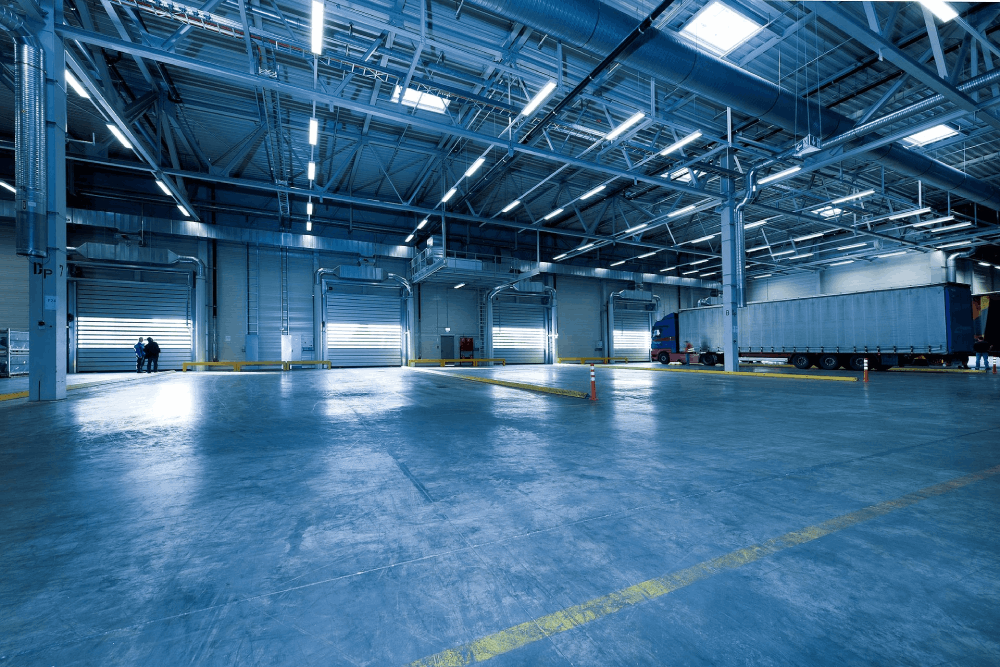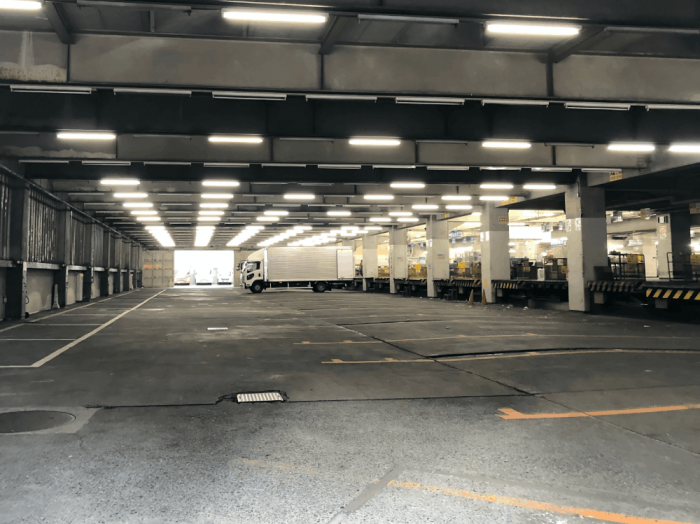Commercial
What makes the best logistics real estate investment?
Published
05 October, 2020

In a recent JLL survey, more than 80 per cent of industrial property investors plan to invest in logistics real estate by the end of 2021. The industrial logistics sector is hot in Australian commercial real estate circles. Here’s what to look for if you want the best logistics real estate investment:
- Core real estate
- Site Coverage
- Site access
- Proximity to main arterial roads
- Diversified income
But first, let’s define the term on every industrial property investor’s lips: Logistics.
What is logistics real estate?
Logistics is the process of moving goods from one destination to another (typically from warehouse to customer). Logistics companies cater to Australia’s expanding population, delivering goods purchased on online stores and grocers. It is a growing investment sector which, in the time of a pandemic, is providing investors with high yields and opportunities for capital growth.As COVID-19 and an online retail boom pushes tenancy demand for logistics companies (and thus, logistics premises), you may face competition finding your ideal logistics asset to invest in. After all, Melbourne just broke Australia’s eCommerce record in August 2020, showing that the logistics asset class is more relevant than ever.  Want in on the action? Here’s what to look for.
Want in on the action? Here’s what to look for.
5 things to look for in a logistics real estate investment
By no means is this list complete, but potential investors should take note. Apart from the typical list of items investors should look for in a commercial property, the list below contains two primary factors specific to logistics real estate investment: The tenancy and the property itself.
1. Invest in core real estate
A core real estate asset is one that is mature, in an established asset and near-guaranteed on serving you consistent income. There’s little to be done on these properties, like fit-outs or new equipment, which means little effort on your part. We are seeing more investors in this COVID-19 economy interested in core and core plus real estate. This is because it is typically low risk, with no large capital outlays. If it’s capital gains you’re after, don’t despair. Demand for industrial logistics precincts is on the up and a supply shortage in many established industrial areas (for example, investment in Melbourne) means you won’t need much additional work on your logistics property to see a capital gain. The market will most likely do the hard work for you.
2. Good site coverage
The beauty of industrial real estate – perhaps an interesting description considering its typical ugly appearance – is it consists of little building area (a depreciating asset) and a large amount of land (an appreciating asset). The ratio of land to lettable building space is called the site coverage ratio. Also known as land-to-building ratio, it’s difficult to say what a good site coverage ratio is. Each tenant requires different space. Many popular industrial sites we have seen will have site coverage of around 50 per cent (a ratio of 2:1). The best way to determine your ideal site ratio is determining what tenants in your precinct are looking for. Logistics tenants will need good site access, as we’ll discuss next, so this requirement may mean looking for a premises with more hardstand or concrete than building space. 
3. Site access
Logistic businesses make long haul deliveries from warehouse to customer, which means a lot of large trucks coming in and out of the premises. These large vehicles don’t want to spend time navigating narrow streets or busy roads. So, find a property which enables these trucks to get in and get out without any frustration, linking easily to wide roads of 20 metres or more. Trucks also don’t want to make sharp turns within the premises itself. If you’re a trucker and you don’t need to make a turn to deliver or pickup goods, it’s a happy day. This is why drive-through access – meaning the property has access to roads on both sides of the property – is an incredible feature of a property if you’re able to find it. A property with high roller doors is also a brilliant feature, suiting the large number of sideloader trucks (i.e. trucks which load their cargo from the side; not the front) in the leasing market. No reversing, no three point turns – and no problems finding a logistics tenant to occupy your premises.
4. Proximity to main arterial roads
Logistics companies don’t want their trucks making long hauls just to get to the freeway. It’s a pain and it’s a money trap for their business. A property that’s near main arterial links will reduce freight and travel costs for your tenant, and is a huge factor when determining whether a property is worth your money. A main drag that services an entire precinct, typically a major road suitable for large vehicles, is a big tick in the box of a good logistics real estate investment.
5. Diversified income
A multi-tenanted logistics premises may not be a bad idea if you’re focused on income security. Particular safety is found when the two or more tenants operate in different industries. Perhaps one services supermarkets and the other online retailers. One tenant may even use the logistics warehouse for non-logistics purposes. Alternatively, if your property is single-tenanted, you may look to invest in multiple properties to ensure income diversification. That’s where an unlisted property trust can be a great option for investors. Typically, properties in an unlisted property trust are bolted on to each other in one single trust. Investors then pool their money to acquire these assets and reap the rewards of secure long-term income returns from multiple streams. If you’re interested in learning more about unlisted property trusts, also known as property syndicates, here are a few of our recent investments. These tips will help you get started on your hunt for a quality logistics real estate investment. But you’d be optimistic to think this is all you need to find success in this investment niche. If you’re new to investing or don’t have the time to navigate the many facets of commercial property investment, consider getting in touch with the professionals. At Properties & Pathways, we have over 60 years collective experience in the industry and have helped build wealth for hundreds of satisfied investors. Contact us today to learn more about our upcoming property investment opportunities.
These tips will help you get started on your hunt for a quality logistics real estate investment. But you’d be optimistic to think this is all you need to find success in this investment niche. If you’re new to investing or don’t have the time to navigate the many facets of commercial property investment, consider getting in touch with the professionals. At Properties & Pathways, we have over 60 years collective experience in the industry and have helped build wealth for hundreds of satisfied investors. Contact us today to learn more about our upcoming property investment opportunities.


